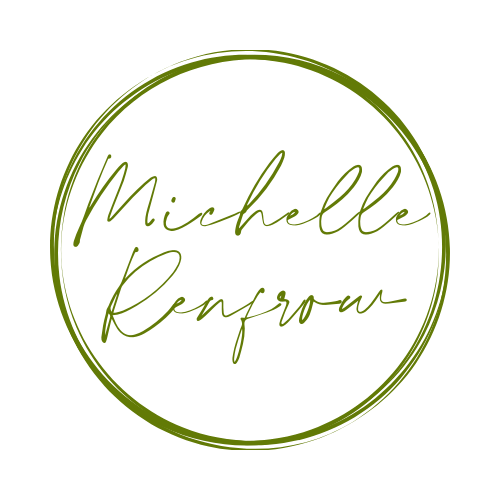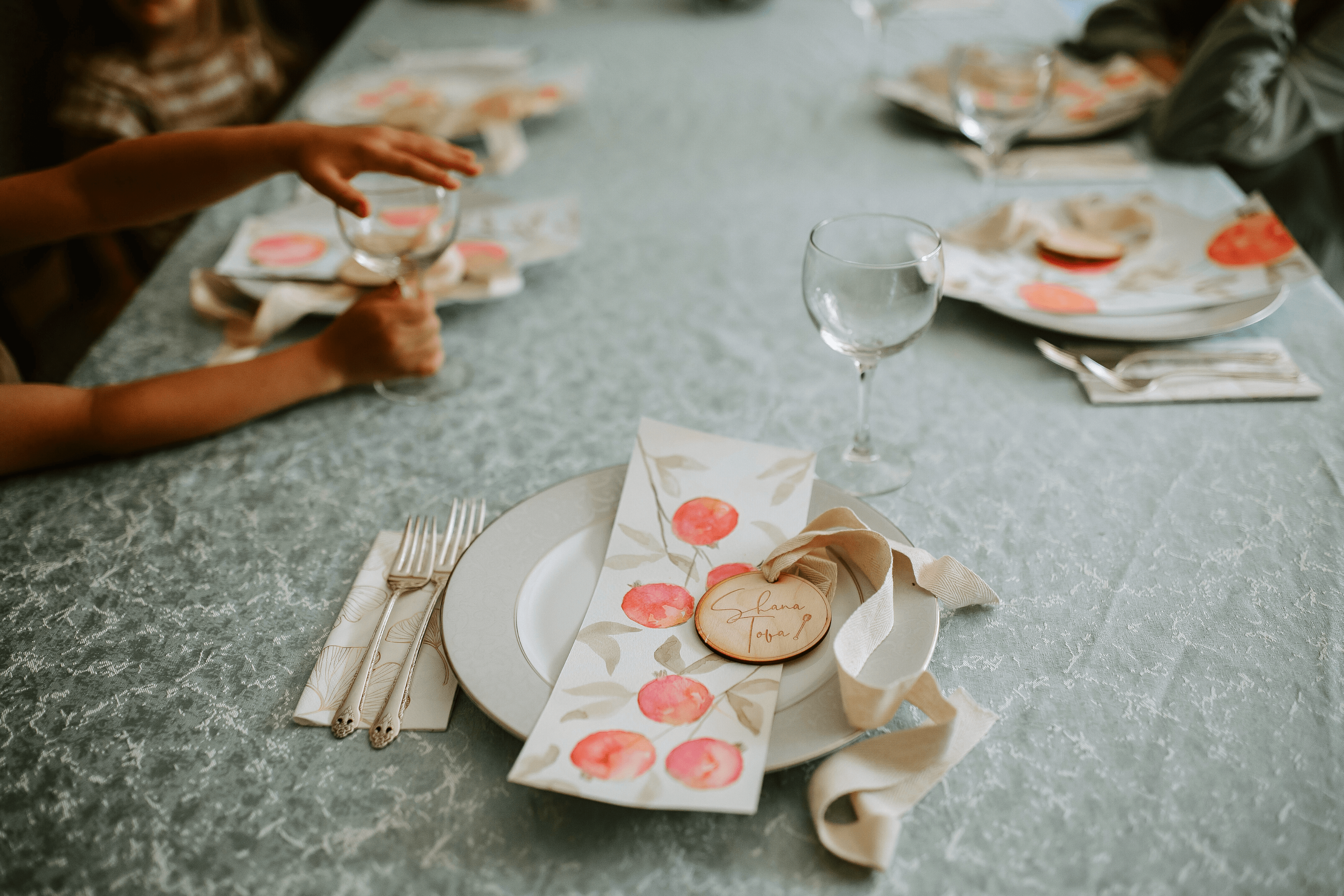
As a child growing up Jewish, I remember celebrating certain BIG Jewish holidays, like Rosh Hashanah, in a large synagogue outside San Francisco somewhere. Don’t ask me, I don’t remember the name. (maybe ask my mom) But the place was HUGE and with many buildings.
I also don’t remember the inside of the sanctuary ONE BIT. But I remember the lobby, which was the sanctuary for kids looking for sanctuary from the sanctuary. LOL!
The long, drawn out, boring service usually had me running to the lobby with the other kids. One specific holiday we were in the lobby playing pick up sticks. We got yelled at by a grown up for playing a game on a major Jewish holiday. I was clueless as to why and felt ashamed and mad at that lady.
But here I am, 30 something years later, a mostly well adjusted Jewish individual knowing a BIT more than I did when I was a kid. So let’s get to it!
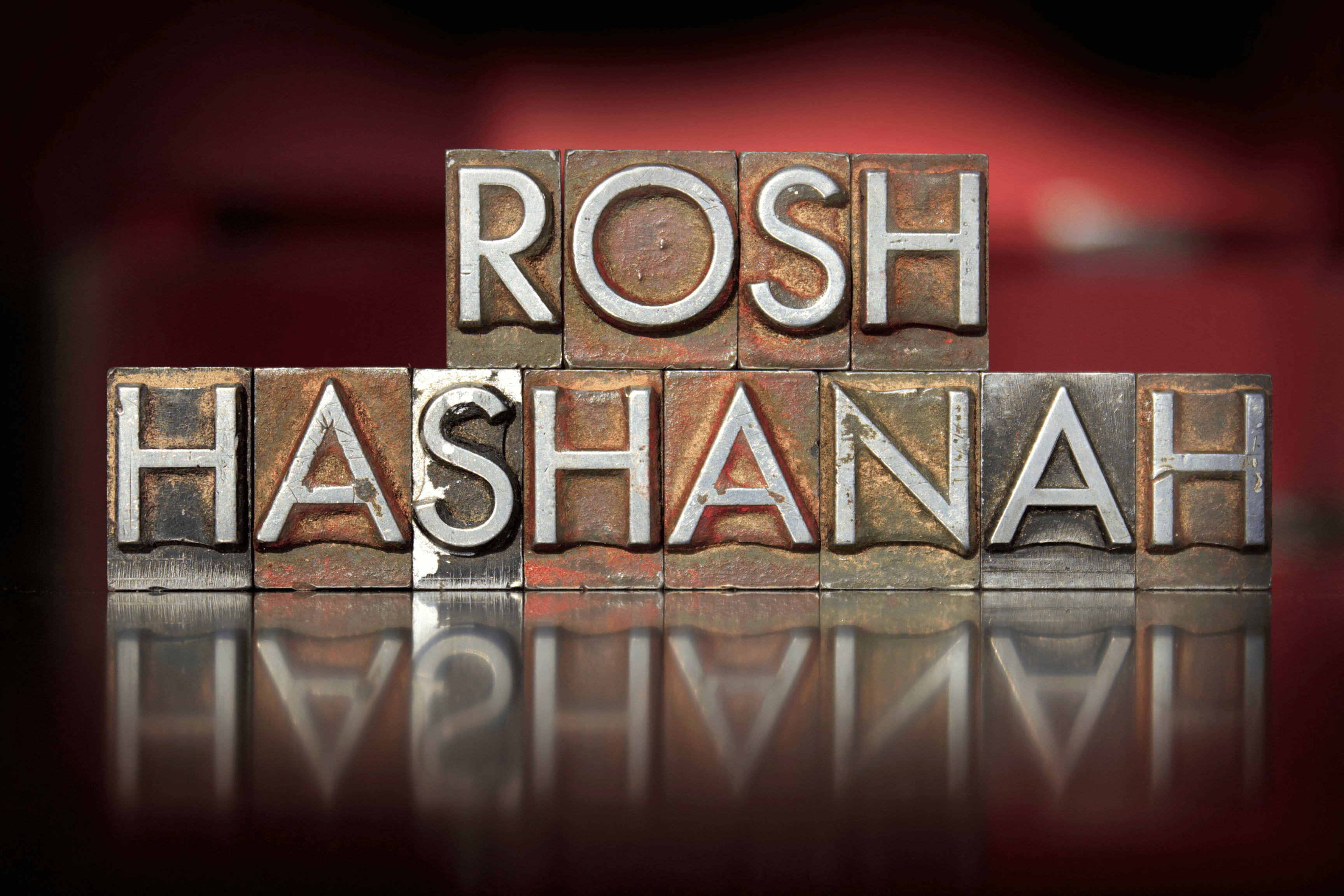
All About The History of Rosh Hashanah
18doors.org defines RH as, “Rosh Hashanah (literally “Head of the Year ” in Hebrew) is the Jewish New Year. Rosh Hashanah is the first of the High Holy Days (or Jewish High Holidays), beginning a 10-day period of soul searching and contemplation that concludes with Yom Kippur. Traditionally, this period of 10 days, the Days of Awe in Hebrew—Yamim Nora’im—are for thinking about our behavior during the previous year, asking forgiveness from those we may have wronged, and pledging to make positive changes for the coming year.
Since Judaism uses a lunar calendar, the date will change every year on the Gregorian calendar, but most often, the Jewish holiday of Rosh Hashanah falls in September or early October.
The history of Rosh Hashanah can be traced back to the sixth century B.C.E., though the holiday was never mentioned in the Torah. The phrase “Rosh Hashanah” was first mentioned in the Mishna ( the first major written collection of the Jewish oral laws) in 200 C.E.
Despite the fact that Rosh Hashanah occurs in the seventh month of the Hebrew calendar, the holiday is designated as the “Jewish New Year”. While the holiday might have originated with the Babylonians, the rabbis associated Rosh Hashanah with Jewish meaning as the anniversary of the creation of the earth, or the creation of mankind. Another reason is the importance of Tishrei as the seventh month, and therefore the year’s Sabbath.”
What blessings do we say on Rosh Hashanah?
There are different levels of observance in Judaism. I am a Reform Jew and on this Reform Judaism website it outlines the blessings we say on Rosh Hashanah specifically. You can click the links to read the prayers themselves too.
“Most of the Rosh HaShanah liturgy and ritual takes place in a synagogue or communal prayer environment, but there is also a wonderful opportunity to celebrate the Jewish New Year in your home. Here you will find blessings for home rituals during the Rosh HaShanah holiday. Lighting candles, offering thanks for sweetness and sustenance, and celebrating the cycle of life we travel each year while around a table with family and friends can add richness to your Holy Day observance.”
What Do You Eat On Rash Hashanah?
The Delish.com website has the most scrumptious pics of food that we eat on Rosh Hashanah.
“Rosh Hashanah is a celebration of the Jewish New Year that occurs in late summer or early fall. It means “head” or “first of the year.”
To celebrate the start of a brand new year, many foods you’ll find on Jewish tables at this time are extra sweet—literally and symbolically—to represent sweetness and a bountiful blessing to start the year.
We chatted with cookbook authors Rachel Levin, co-author of Eat Something, Jake Cohen, author of Jew-ish, and Leah Koenig, author of The Jewish Cookbook, to hear how they celebrate with Rosh Hashanah foods and what they symbolize.
The foods that Jews eat during Rosh Hashanah can differ from family to family. “The beautiful thing about Judaism is that the Diaspora touches every corner of the world, taking our rituals and adapting them to the local food cultures,” Cohen said. “The result is a shared thread throughout Jews across the globe that we all sweeten our New Year, but what we sweeten it with will vary.
Koenig loves that Ashkenazi Jews, who originally hail from Eastern and Central Europe, can prepare a table in a way that’s totally different from a Jewish family who come from Morocco, Calcutta, Turkey, or Uzbekistan. “That’s what I appreciate so much about Jewish cuisine—it’s a way to experience the world while keeping true to the shared roots and traditions of the holiday,” she said.
“The Jewish New Year is for sure my favorite new year—not just because I’m Jewish, although that’s part of it, obviously,” Levin said. “It’s low-key festive, in a cozy, fall kind of way.” PJlibrary.org has a very informative website on the key players we eat during this holiday.
Jewish New Years Food is Called Simanim, It Means Symbolic Foods
Apples and Honey – Apples dipped in honey is a well-known Rosh Hashanah treat, apples and honey represents just one of the Simanim (Rosh Hashanah foods that hold symbolic meaning). Probably the most popular Rosh Hashanah treat, apples and honey are historically symbolic foods.
After all, Israel is known as “a land flowing with milk and honey” (Exodus 3:8). As rabbi and author Shimon Apisdorf suggests, however, this may not be the only reason for the apples and honey tradition.
In his blogpost, “Seven Questions People Ask about Rosh Hashanah,” Apisdorf explains that an apple tree grows differently than other fruit trees. “On most fruit trees the leaves appear before the fruit, thus providing a protective cover for the young fruit,” he writes.
“The apple, however, makes a preemptive move by appearing before the leaves. The Jewish people are compared to an apple because we are willing to live out our Jewish lives even if this seems to leave us unprotected.” Rabbi Apisdorf also suggests dipping apples in honey represents a symbolic bee analogy. “A bee can inflict pain by its sting, yet it also produces delicious honey,” he writes. “Life has this same duality of potential. We pray that our choices will result in a sweet year.”
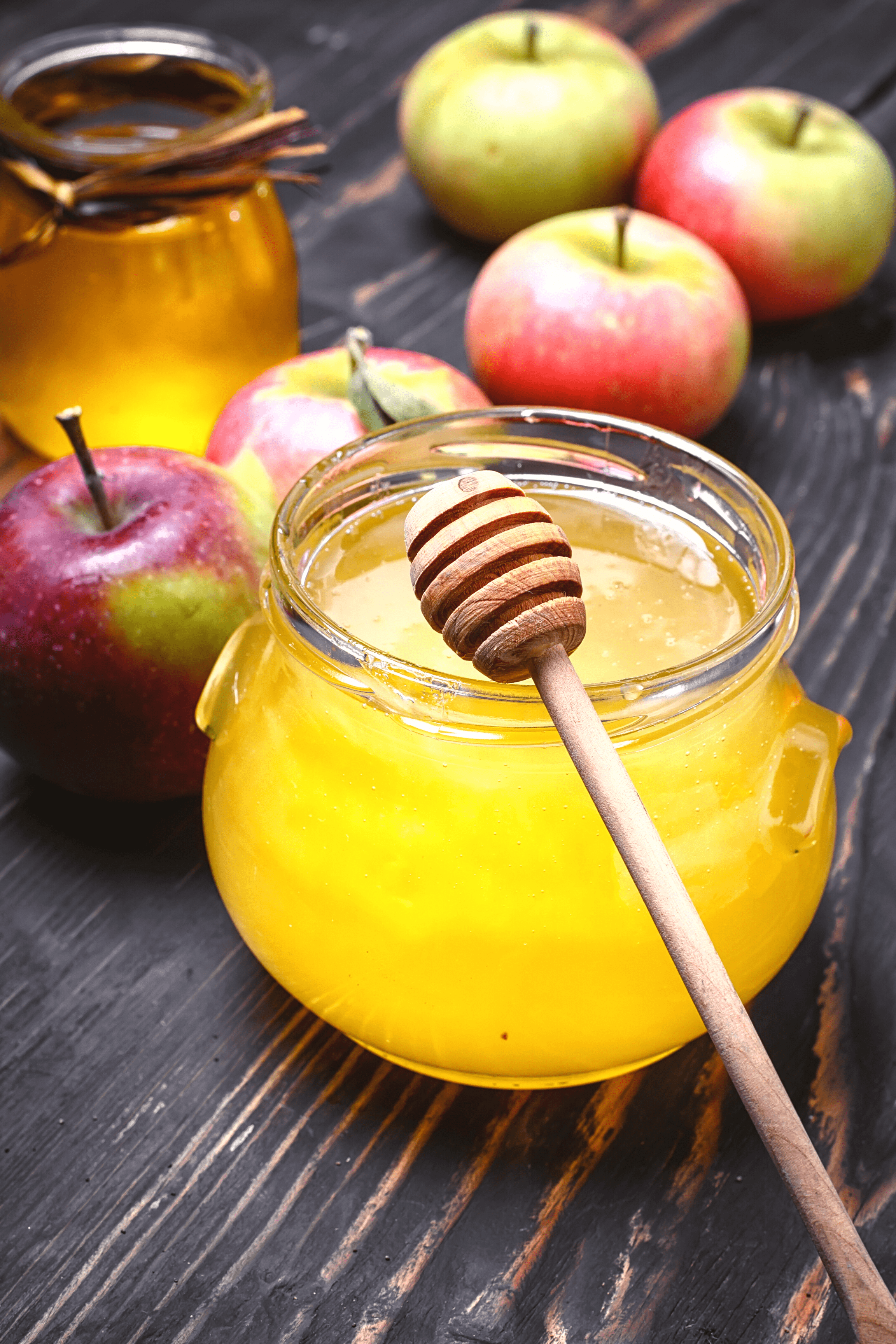
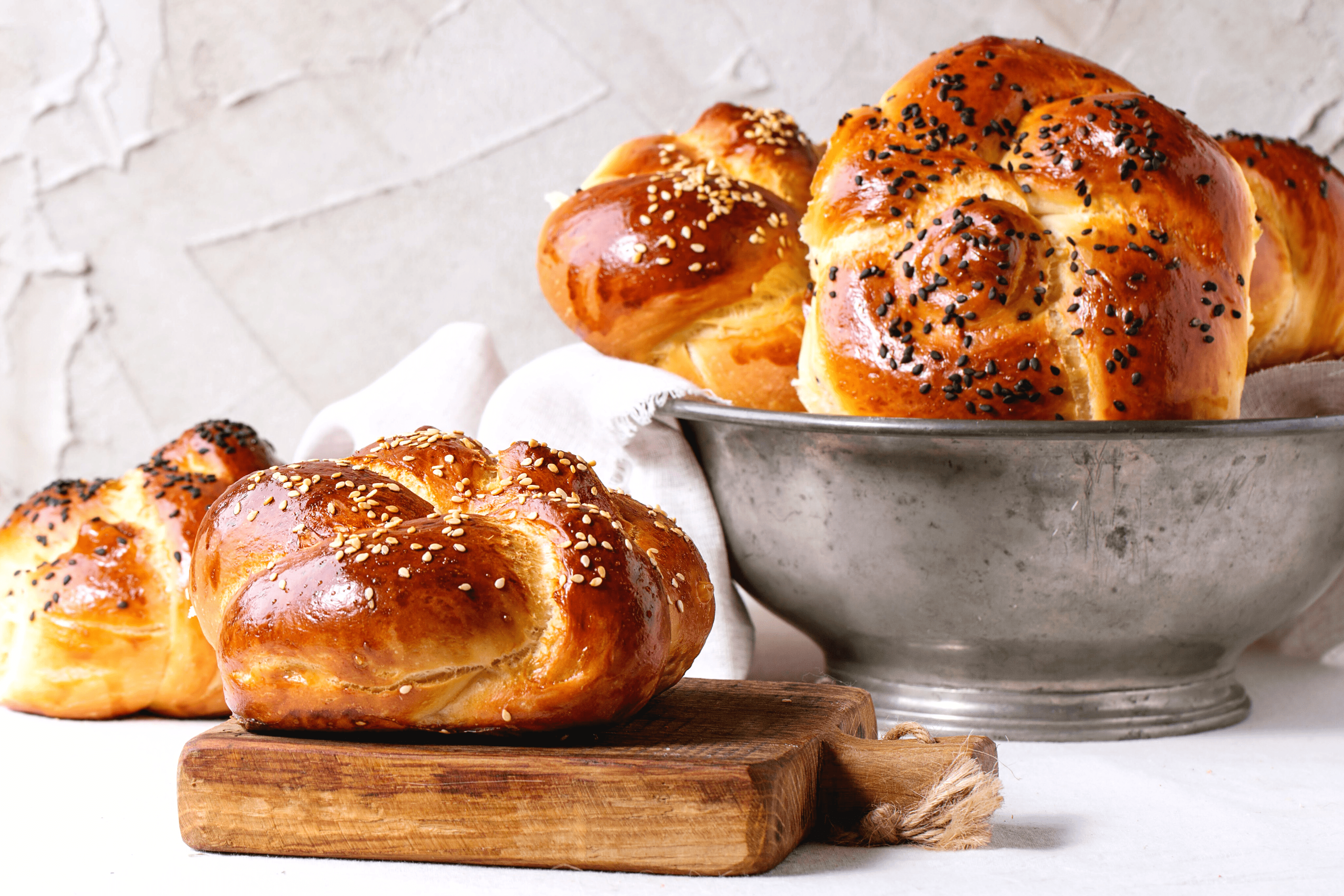
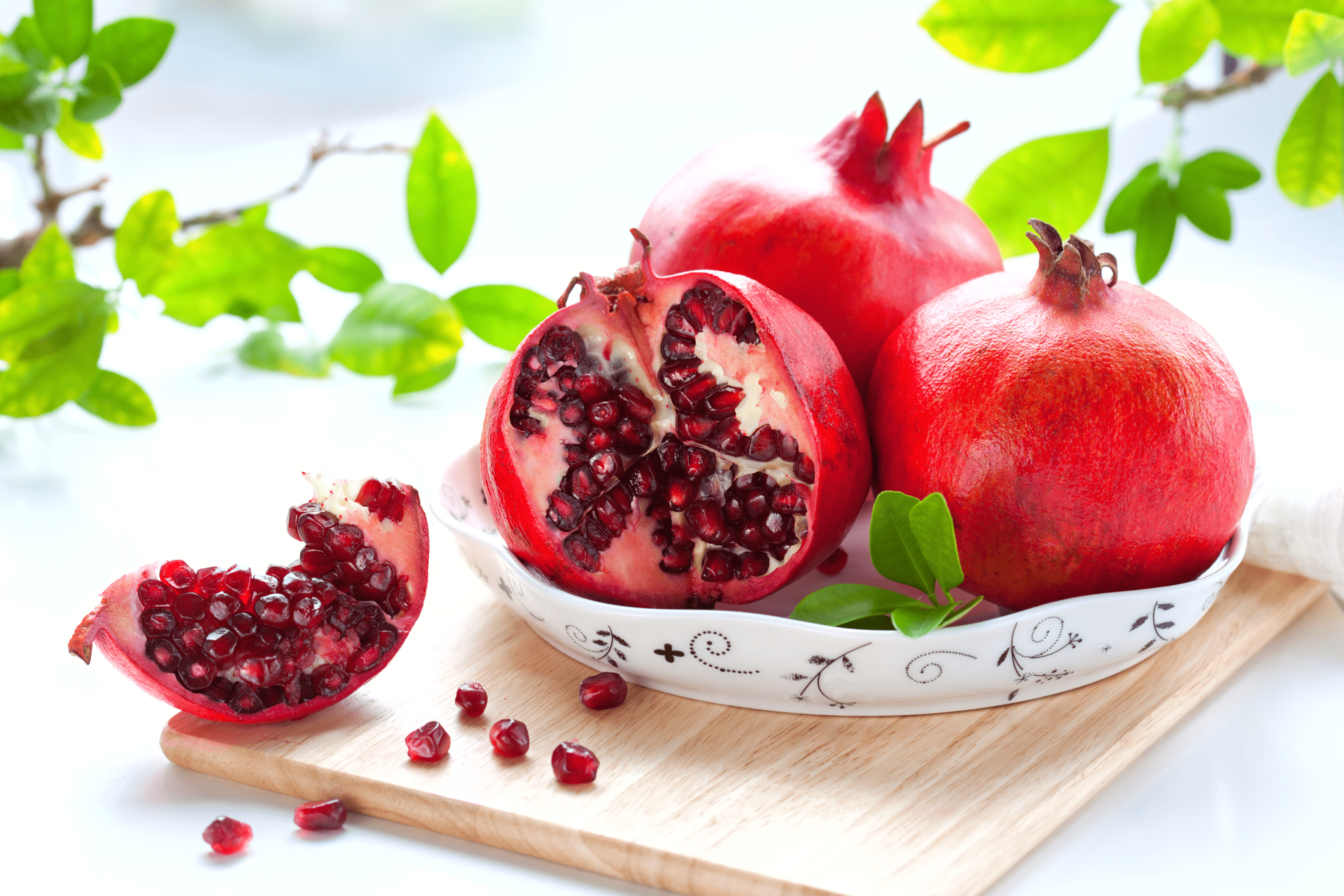
Round Challah – egg bread- It is traditional to eat challah on Shabbat and other Jewish holidays. On Rosh Hashanah, however, the challah is specially baked in a round shape to represent the unending cycle of life and creation, a cycle in which there is no beginning or end.
Many families add raisins and honey to their challah for an extra sweet Rosh Hashanah. When the challah is sliced at the meal, it is traditional to smear additional honey for even more holiday sweetness. (Read “Round Challah and Divine Desserts” from Aish.com, and make your own round challah.)
Pomegranates – Pomegranates have many seeds. These seeds symbolize the many merits we will create with our mitzvot in the coming year. As writer Sybil Kaplan puts it in her Jewish Ledger article, “The Pomegranate: A Rosh Hashanah Symbol,” the tradition of Kabbalah “recounted that there were 613 seeds in each pomegranate, equaling the number of mitzvot commanded by God.”
This new year, consider a tasty pomegranate-based recipe. Chicago-based food blogger Sharon Matten offers a number of her “all-time favorite and delicious” pomegranate recipes in the Aish.com piece, “Cooking with Pomegranates.”
The Jewish New Year Has Some Fun Traditions!
Fish head on the dinner table – (Yes, you read that right!) Rosh Hashanah literally means “head of the year.” Some families commemorate the “head of the year” with the tradition of placing a fish head on the table during Rosh Hashanah meals. On this holiday, we wish for a year ahead in which we lead with strength and determination rather than being at the tail end of things. “And God will make you as the head, and not as the tail, and you will be only at the top, and you will not be at the bottom” (Deuteronomy 28:13).
Australia based Rabbi Elisha Greenbaum explains in his Chabad.org piece, “Head of the Class,” the fish head serves as “a prop: a palpable reminder of the decisions made over the course of Rosh Hashanah, which affect the entirety of the coming year.”
Can’t quite bring yourself to put a fish head on the Rosh Hashanah table? The Jewish Daily Forward offers a few fish head-based recipes to consider as an alternative in Leah Hochbaum Rosner’s piece, “A Fishy Tradition.”
Carrots – The Yiddish word “meren” is translated as both the noun “carrots” and the verb “to increase.” Carrots symbolize our hope that our merits will increase in the coming year. As such, many people maintain the tradition of preparing tzimmes, a sweet carrot-based stew for Rosh Hashanah.
Pri Chadesh – New fruit – On the second night of Rosh Hashanah it is customary to eat a “new fruit,” one that has not been eaten in the last year — or, as Rabbi Jill Jacobs puts it in her MyJewishLearning.com piece, “Rosh Hashanah Customs,” a fruit “participants have not tasted for a long time.”
“This tradition has become a way to literally taste the newness of the year, by enjoying unfamiliar food,” Jacob says. Indeed, families often take this holiday opportunity to enjoy a new or unusual fruit, such as dragonfruit or lychee. Moreover, many families complement the eating of a new fruit with the Shehecheyanu blessing, which gives thanks to God for granting us life, sustaining us, and enabling us to experience something new or special.
More About Apples and Rosh Hashanah
Funny story and me and cutting apples on Rosh Hashanah. My very good friend Marna always has a huge meal for Rosh Hashanah and invites so many friends and family over to attend.
She cooks for days, possibly weeks and every surface of her countertops and islands is covered in a variety of foods like side dishes, vegetables, main courses and of course desserts! So of course when you get there you want to jump in and help with whatever preparations need to happen. So Marna had me cutting apples.
Of course I’m using one of her really expensive, very nice Cutco knives. The white ones in the big giant block; y’all know which ones I’m talking about don’t you? And I’m cutting them on the cutting board and I decide to pick up the next apple and cut it in my hand instead.
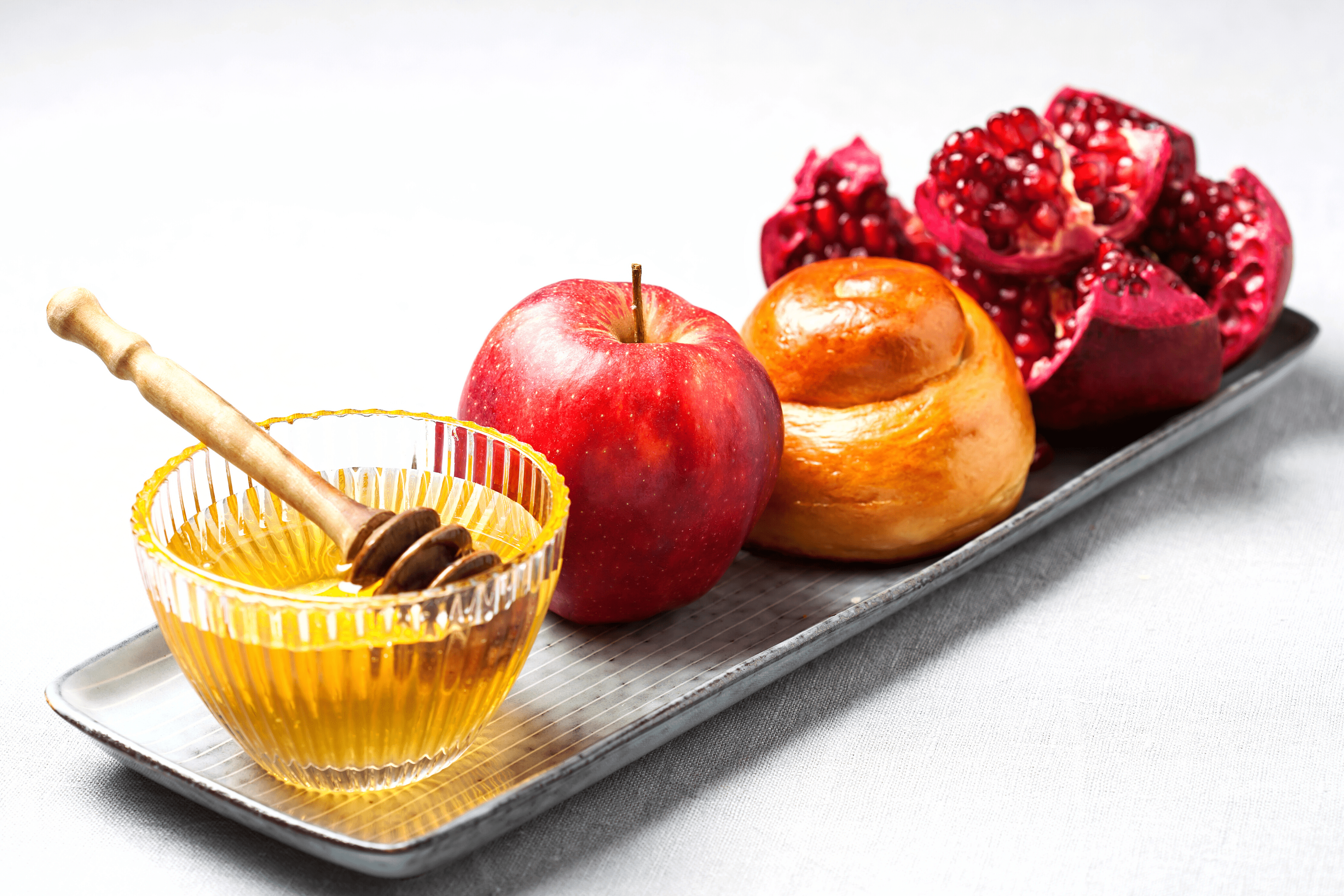
I vividly remember her husband looking over and he said to me “I would be very careful with those knives, they are extremely sharp” and I basically said “yeah yeah whatever”. The next thing I know I have sliced through my left thumb at the lower joint. I dropped the knife I inhale sharply, he turns around and looks at me and says “you cut yourself didn’t you”? (In his very thick South African accent I might add)!
He looks at it and says, “yep you need stitches but until you can get to the hospital let me tape that up for you.” He runs out to his work truck and comes back with a roll of insulated duct tape. I’ve never actually seen insulated duct tape up close but it’s basically duct tape that’s got a thick layer of stuff in the middle that makes it squishy and super durable. So he begins to wrap this around my thumb and hand holding them together so that I can leave to go to the emergency room.
Meanwhile my friend Cathy, who is a nurse, shows up and demands to see it before she approves going to the hospital. So we undo the duct tape and Cathy looks at it and confirms that I definitely need stitches. Many. My mom is with me and my son (he was probably a toddler at the time) and my mom doesn’t do well with A. blood and B. driving at night. So you can imagine who got to do the drive of themselves to the emergency room. Lol
Once there the emergency room the triage nurse took one look at my hand and said I am not going to unwrap that until you see the actual doctor but I’m going to assume that you do need stitches. She was extremely impressed with the wrap job because when we took off the duct tape the cut had already begun to seal itself. Unfortunately because we didn’t know how deep it was they had to reopen the wound in order to make that determination. FUN!
Needless to say I needed 5 stitches and yes you could see pretty far into my thumb. Note to self, don’t cut apples on Rosh Hashanah unless you’re using a cutting board and the knife is pointed away from your body parts!
Worship services do we attend on Yom Kippur?
This is a WHOLE lot to discuss. But this site shares it all. I am going to offer some highlights . . . We have silent prayers, called Amidah. There are prayers, and poems and writings to read during this time.
We have Avinu Malkeinu- the website says, “Avinu Malkeinu (“Our Father, Our King”). Consisting of 20 lines of entreaties asking God to forgive our sins, to help us achieve repentance for our transgressions, to remember us favorably, and so on, it concludes with a haunting congregational melody in which the community sings “Our Father, Our King, graciously answer us, although we are without merit. Deal with us charitably, and lovingly save us.”
We asked to be inscribed in the “book of life” . We are appealing to G-d’s mercy and that God finds favor upon us as the next year rolls in.
We hear the shofar blowing. When we have a sacred occasion it should be welcomed with loud blasts. VERY LOUD.
Musaf is a list of three additional prayers in a service. Some denominations of Judaism add this and some do not.
Taschlich – “Casting away” This wasn’t in the original Torah but it’s a time to reflect on our sins and let some things go. We head to a natural body of water and we stand on the banks, say some prayers and use bread crumbs or seeds to symbolically toss in the water.(casting away our sins)
Like I said, it’s a lot to take in but over the years I have come to love and appreciate all the symbolism, all the food and worship practices. I love the richness of my faith and how every little thing has a meaning I can relate to.
Happy New Year!
